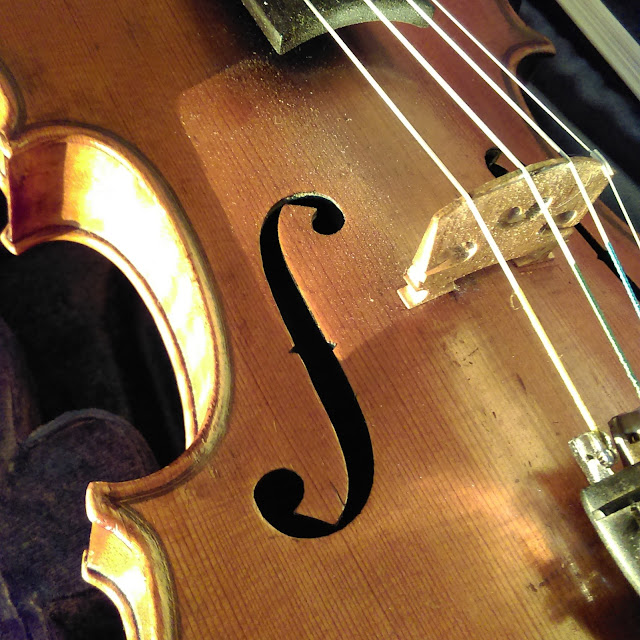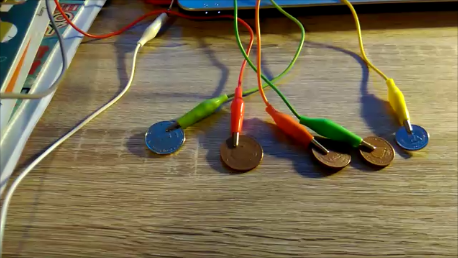Connections
Because of this project I have been thinking a lot about
note reading and the connections that need to be made between the name of the
note, where it is on the stave, where it is on your instrument and what it
sounds like.
I can’t remember when I didn’t know how to
read music and so I can’t remember what it was like to learn it! I don’t
remember as a child struggling to make these connections, but recently I have come
across a few challenges.
I stopped playing violin when I was 14 and swapped to viola.
When I left school at 18 I basically stopped playing viola. A few years would
go by without me even opening the case and then I would have a quick play and
put it back.
Fast forward 20 years and I accidentally became a violin
teacher and so started to play again. As I reacquainted myself with the violin I
found that once the music went higher than B5 I couldn’t connect the note on
the stave with the name of the note or where it was on the violin. If I put the
violin down and looked at the music I knew right away what the note was, when I
played clarinet or saxophone I could happily play C6 and higher, but with the
violin in my hands my brain locked up! The connection was broken.
As I thought about it I realised that when I stopped playing
violin I hadn’t really learnt to play much higher than B5. I swapped to viola,
learnt alto clef and became very familiar with ledger lines above the stave, but
these notes were connected in the string playing part of my brain to viola
playing and alto clef rather than violin playing and treble clef. As a result, when
I came across C6 in treble clef part of my mind was telling me it was D5 in
alto clef whilst another part of my mind knew it wasn’t and I couldn’t make the
connection! I had to take a piece of violin music containing these high notes
and say the names of the notes to myself as I played them over and over to
break this block in my brain and to create new connections.



Comments
Post a Comment